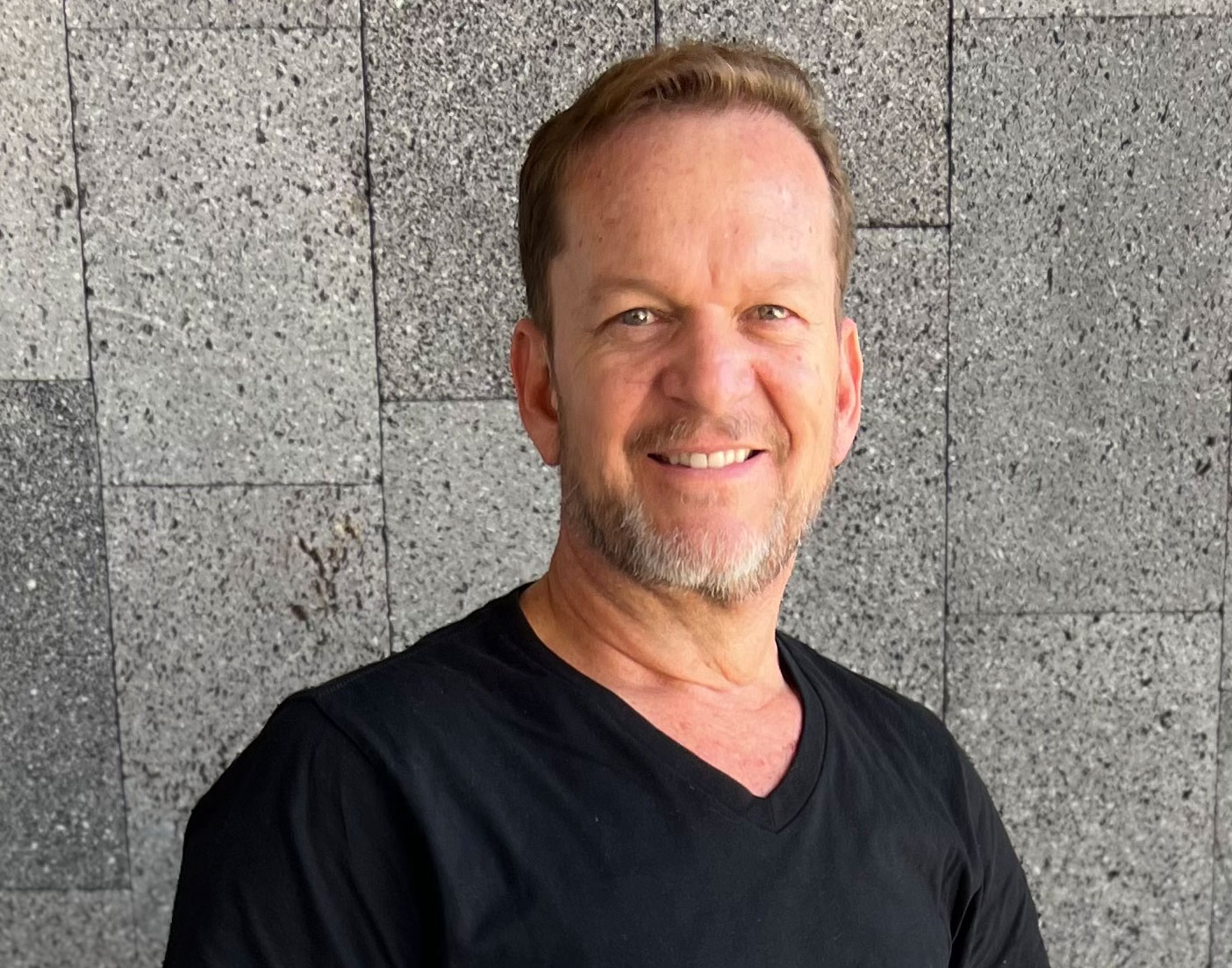 1. What is your design philosophy, and how is it reflected in your projects? Answer:
1. What is your design philosophy, and how is it reflected in your projects? Answer:
I believe architecture is much more than designing structures—it’s about deeply understanding the people and spaces that bring them to life. Every project is a unique case, ensuring that the design responds intelligently and authentically to its surroundings and the client’s preferences. Functionality, aesthetics, and sustainability must work seamlessly together, avoiding fleeting trends and focusing on long-term value.
Good architecture isn’t just about aesthetics or technical solutions it´s more about emotions and psychology. As human beings, we are creatures of nature, and I’m convinced that living in environments that feel as natural as possible and favors socializing is how architects can contribute to their clients’ well-being.
2. How do you ensure a project adapts to Costa Rica’s specific conditions while maintaining a global essence?
Answer:
Costa Rica has a unique environment, and while globalization has given us access to diverse styles and technologies, not everything that works elsewhere is appropriate here. I focus on understanding the climate, local materials, and each project’s specific needs to create spaces that are efficient, sustainable, and respectful of their context. It’s not about copying international models but rather thoughtfully adapting their best elements to our reality.
For example, there’s a trend of hiding roof overhangs behind high walls, exposing facades directly to sunlight and rain. In the tropics, this isn’t a good idea. Roofs should extend beyond walls with visible overhangs to divert rainwater away and provide shade. Sunlight is essential for life, but it can also be damaging. Buildings, like people, need protection from it. Rain gutters must be external to avoid leaks inside over time. In tropical climates, we should design a roof first—and then build everything else beneath it.
3. How do you balance innovative design with real sustainability instead of just trends?
Answer:
Sustainability is a dangerous word when used superficially. It’s not about adding solar panels or vertical gardens just because they’re trendy, it’s about understanding when they genuinely add value. Costa Rica already sources 80–95% of its electricity from renewables, meaning solar energy isn’t always a necessity.
Similarly, many architectural renderings feature lush greenery sprouting from balconies and rooftops—yet once built, these spaces often rely on artificial plastic plants, which quickly turn into waste. I believe in real sustainability, using local materials, endemic landscaping, material reuse, and Passivhaus principles to ensure lasting environmental benefits rather than superficial “greenwashing.”
4. How do you incorporate neuroarchitecture into your projects, and what impact does it have on the user experience?
Answer:
Spaces directly influence the mind and human behavior. Neuroarchitecture allows me to design environments that enhance productivity, tranquility, and emotional well-being. From strategic natural lighting to thoughtful spatial layouts and material choices, every detail can shape the user experience.
When designing homes, I take the time to get to know my clients personally, how they live, what they value, so the design emerges naturally. Once I understand them, the creativity and design process flow effortlessly.
5. How do you manage the relationship between technology and tradition in architecture?
Answer:
Technology has given us incredible tools to optimize processes and improve materials, but when used indiscriminately, it can strip architecture of its essence. I integrate innovation thoughtfully, blending it with local materials and traditional techniques—not just to add character, but also to influence final construction costs.
During the design process, we always start with deep conceptual thinking and hand sketches—it’s part of the artistic nature of architecture. Once we have a solid concept, we turn to AI and other technologies to explore materials, finishes, even furniture—but the soul of the space still originates from our creative team.
6. What has been the biggest challenge you’ve faced in a project, and how did you solve it?
Answer:
One of the biggest challenges has been designing projects in high-salinity environments, such as coastal areas, where conventional materials deteriorate rapidly. We’ve addressed this by using specialized materials and construction techniques tailored to the climate, optimizing durability and longevity.
Building in the tropics brings its own challenges, but we always collaborate with the best contractors we know. Nowadays, our biggest hurdles aren’t design-related but rather navigating complex permit regulations that involve multiple institutions and bureaucratic hurdles. Regulations are necessary for sustainability and order, but in Costa Rica, the process has become excessively slow. It can be hard for foreign clients to understand this reality, so we stay ahead by anticipating bureaucratic steps—but some regulations remain arbitrary. I’m confident technology will improve this process in time.
7. How do you stay ahead in an ever-evolving architectural landscape?
Answer:
The key is to never stop learning. Throughout my career, I’ve specialized in neuroarchitecture, sustainable design, architecture business management, and marketing for architects, while keeping up to date with materials and construction technologies. I stay informed on global trends, attend conferences, and maintain ongoing discussions with experts from different fields. Architecture isn’t just technical—it’s a reflection of society’s evolution.
8. What impact do you aim to create with ALTER Arquitectura?
Answer:
I want ALTER Arquitectura to be more than just a design studio—I want every project to have a clear purpose and truly transform spaces and people’s lives. Our goal is to design with awareness, making thoughtful choices to create meaningful, lasting impacts for both people and the environment.
We don’t believe in standardized solutions, we believe in projects with identity, quality, and a forward-thinking vision, beyond fashion and short-lived trends.


